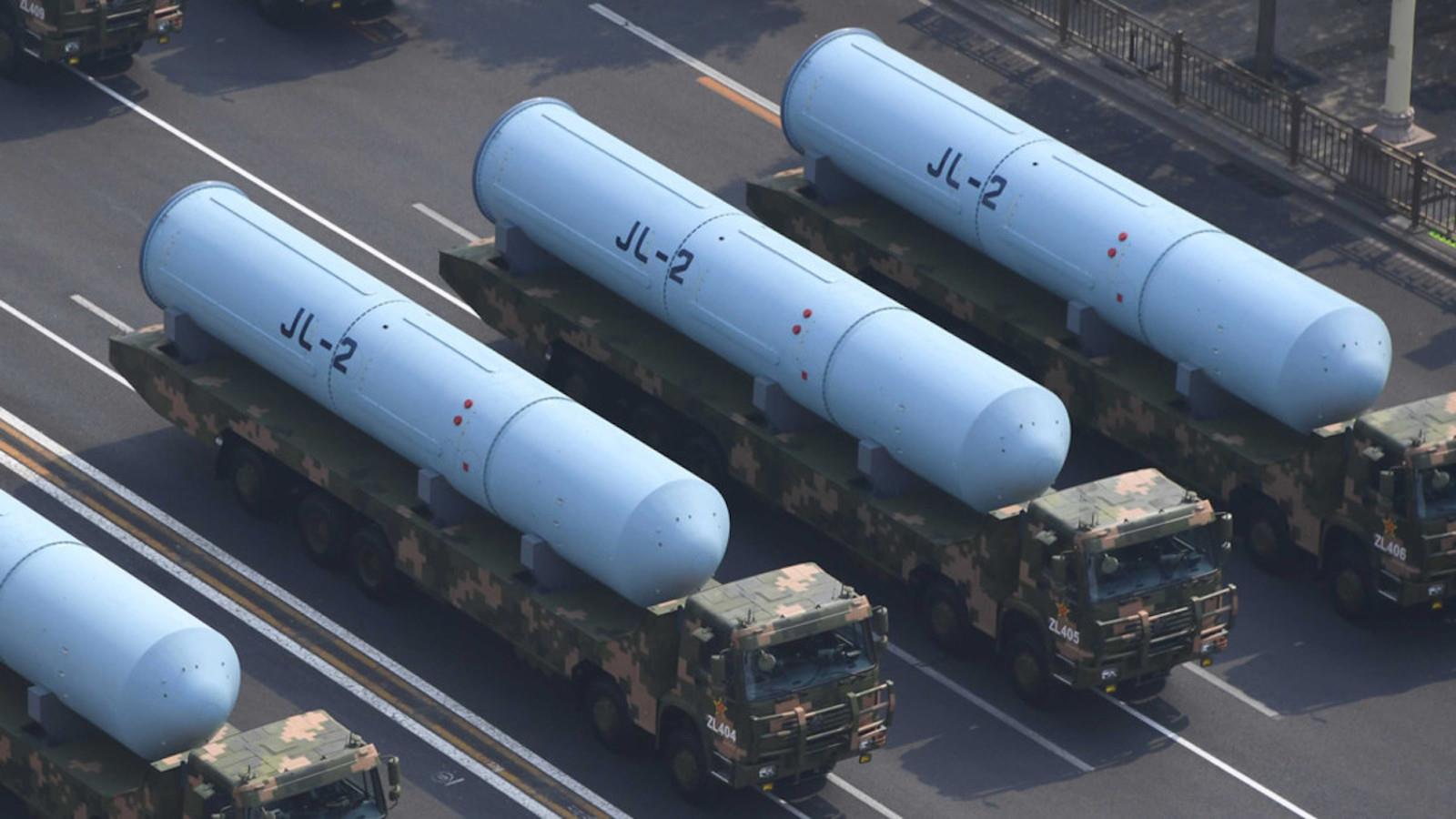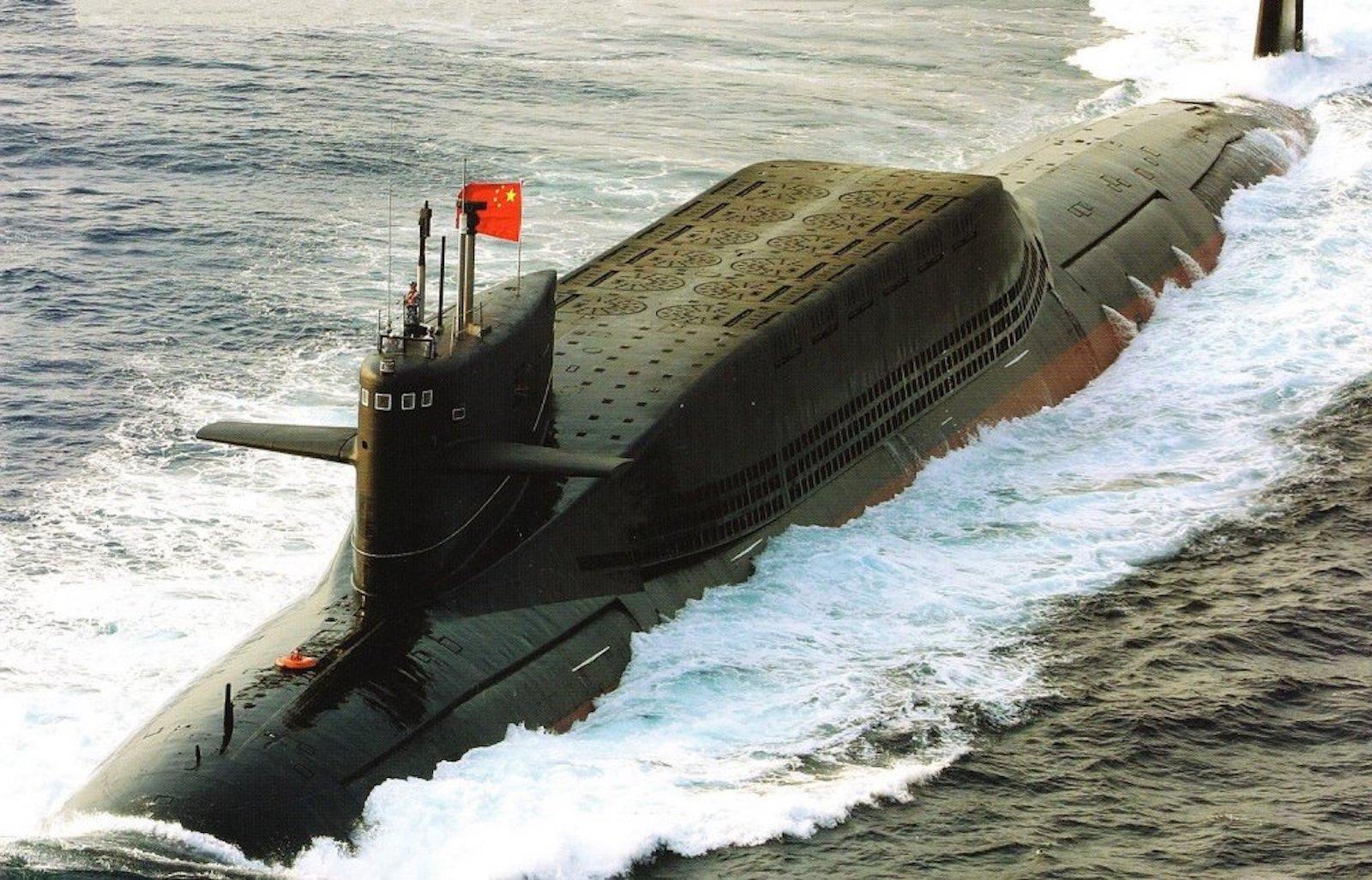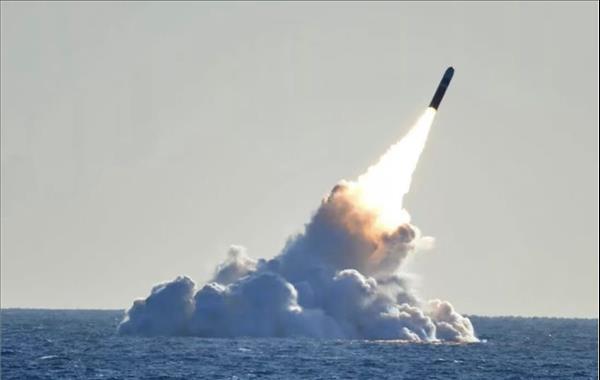
China Making South China Sea A Nuclear Missile Launchpad
China is one step closer to turning the South China Sea into a sanctuary for its nuclear ballistic missile submarines (SSBN), a move that would put the continental United States within range of its JL-3 submarine-launched ballistic missile (SLBM) from the semi-enclosed and hotly contested body of water.
On November 18, US Pacific Fleet Commander Admiral Samuel Paparo acknowledged to military reporters in Washington that China has fielded its JL-3 SLBM on its six Type 094 SSBNs, giving it the capability to hit the US from waters closer to America's shore.
Paparo emphasized that these SSBNs were built to threaten the US and that the US Navy is keeping close track of them.
A year ago, the Pentagon said that the People's Liberation Army-Navy (PLA-N) would gain the capability to target the US from China's coastal waters, with Paparo declining to comment when asked if China's Type 094 SSBNs have conducted deterrence patrols close to Hawaii.
The JL-3 has an estimated range of more than 10,000 kilometers, which allows China to target the US“from a protected bastion in the South China Sea,” US Strategic Command commander Admiral Charles Richard told the US Senate Armed Services Committee this March according to a US Congressional Research Service (CRS) report.
If true, the JL-3 is a significant improvement over the previous missile, the JL-2, which has a range of 7,200 kilometers. According to CRS, that gives China's Type 094 SSBNs the ability to attack Alaska from the Bohai Sea. CRS notes that to strike the US West Coast, JL-2-equipped Type 094 SSBNs would have to be in waters east of Hawaii due to range limitations.

China's JL-2's on display. Image: Twitter
In response to the reports, china's state mouthpiece global times last week slammed the US as having ulterior motives by hyping the“China Threat” to seek a greater presence in the Asia-Pacific in the form of more anti-submarine forces and its own Columbia-class SSBNs. It also claimed that spiking threat perceptions of China was a way for the US military to get more funding.
Global Times noted that China has yet to announce the commissioning of the JL-3. Although China carried out a JL-3 test launch in June 2019, the scheduled tests were standard and not aimed at any country or target, the Global Times report said.
It emphasized that China maintains a defensive national defense policy and a military strategy of“active defense.” The Global Times report also noted that while China has no plans to expand significantly its nuclear arsenal, it will continue to modernize it amid the changing strategic security environment.
China's nuclear doctrine relies on a robust SSBN fleet. in a 2016 carnegie endowment for regional peace report , Liping Xia notes that a no-first-use policy, minimum nuclear deterrence, counter-nuclear coercion and limited nuclear deterrence are critical features of China's nuclear doctrine.
Xia notes that China's SSBNs are essential to its second-strike nuclear capability and with fleet upgrades allow China to be more confident of its no-first-use policy.
Echoing this view, Fiona Cunningham notes in a 2020 article for the strategist that China's nuclear force structure is optimized to ride out an adversary's first strike and retaliate against strategic targets rather than credibly threaten the first use of nuclear weapons.
Cunningham mentions that although Chinese leaders have debated changing China's longstanding no-first-use nuclear policy from time to time, there is no sign that China plans to change it anytime soon.
The JL-3's deployment will mark a significant upgrade to the survivability of China's undersea deterrent. a 2018 carnegie endowment for regional peace report notes that the JL-2 SLBM's limited range means it cannot reach the US if launched from Chinese coastal waters. The report says that China's SSBNs would need to sail into the Western Pacific to hit the US mainland with the missile.
a 2015 center for strategic and international studies (csis) report notes that the US and its allies could exploit chokepoints including the Miyako Strait, Bashi Channel and the Sulu Sea to track China's SSBNs on their way to the Pacific Ocean.
These vulnerabilities go against the basic philosophy of an SSBN, which according to the CSIS report is to hide in the ocean's vastness so that it would be impossible to detect or predict its location.

China's Type 094A nuclear-powered ballistic missile submarine. Photo: Twitter / The National Interest
As such, the JL-3's introduction may allow China to implement a South China Sea“bastion strategy,” obviating the need for its SSBNs to sail into the Pacific to launch their SLBMs. In this strategy, China would use the South China Sea as a sanctuary for its SSBNs, with the area protected by land-based aircraft and missiles, naval forces and fortified islands.
The South China Sea's semi-enclosed configuration and proximity to China's shores make it an ideal area to implement the strategy, with China's large submarine base in Hainan showing that it is moving in that direction with its SSBN fleet.
Logistically speaking, it would be much easier for China to sustain short-range SSBN than open-water patrols with command and control facilities stationed in nearby waters.
As the South China Sea is straddled by major sea lanes of communication (SLOCs), the underwater noise environment makes it more difficult to detect China's SSBNs, allowing them to hide amid the area's unique underwater noise, thermal and acoustic features.

Legal Disclaimer:
MENAFN provides the information “as is” without warranty of any kind. We do not accept any responsibility or liability for the accuracy, content, images, videos, licenses, completeness, legality, or reliability of the information contained in this article. If you have any complaints or copyright issues related to this article, kindly contact the provider above.






















Comments
No comment